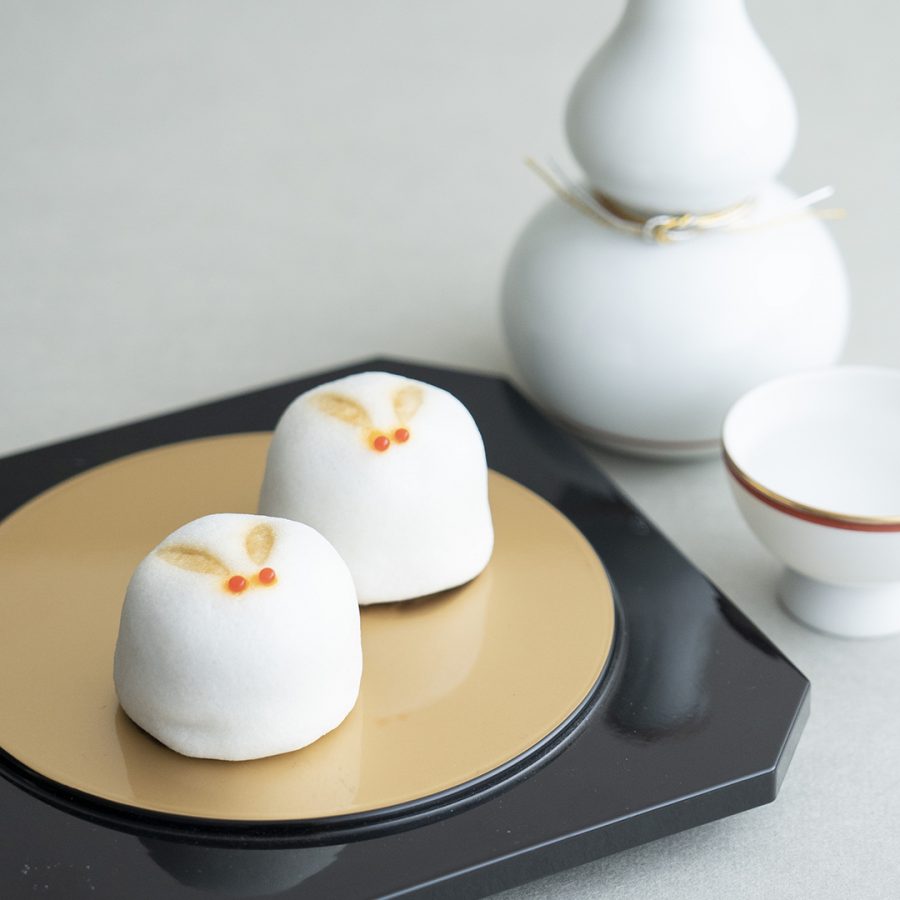2020.10.27
The Moon Shining on the Long Autumn Evening of the “Thirteenth Night”

One month after the Fifteenth Night, commonly referring to the full moon on August fifteenth of the lunar calendar (harvest moon), the Thirteenth Night is also called the “Nochi no Tsuki,” literally meaning the “later moon”, as it is admired in September of the lunar calendar.
The former originated in China, while the latter is Japan’s own tradition. The Thirteenth Night is said to have its roots in the Heian Era in the ninth century, when Emperor Daigo or Emperor Uda admired the moon on the night of September thirteenth. The emperor enjoyed viewing the moon in fine autumn weather instead since the Fifteenth Night generally falls during typhoon season in Japan.
These two moons are together called “Futayo no Tsuki (the moon of the two nights).” It was considered a bad omen to view the moon of only one of the nights (“katami tsuki),” and it was made a custom to view the moon of the both nights in the same garden. Tradition also has it that it is a good omen to be able to view the moon on the fifteenth night of August, the thirteenth night of September, and the tenth night of October of the lunar calendar. These stories illustrate how closely the life of ancient Japan was linked to the moon.
The Thirteenth Night is also known as “Kuri Meigetsu (full moon of the chestnut season)” or “Mame Meigetsu (full moon of the bean season)”. The Thirteenth Night falls on October 29 this year. Why not offer moon-viewing dumplings, along with chestnuts, beans, and fruit, to give thanks for the abundant harvest and enjoy relaxing moments under the night sky?